Climate Now
Viewing 24 of 140 Podcast Episodes
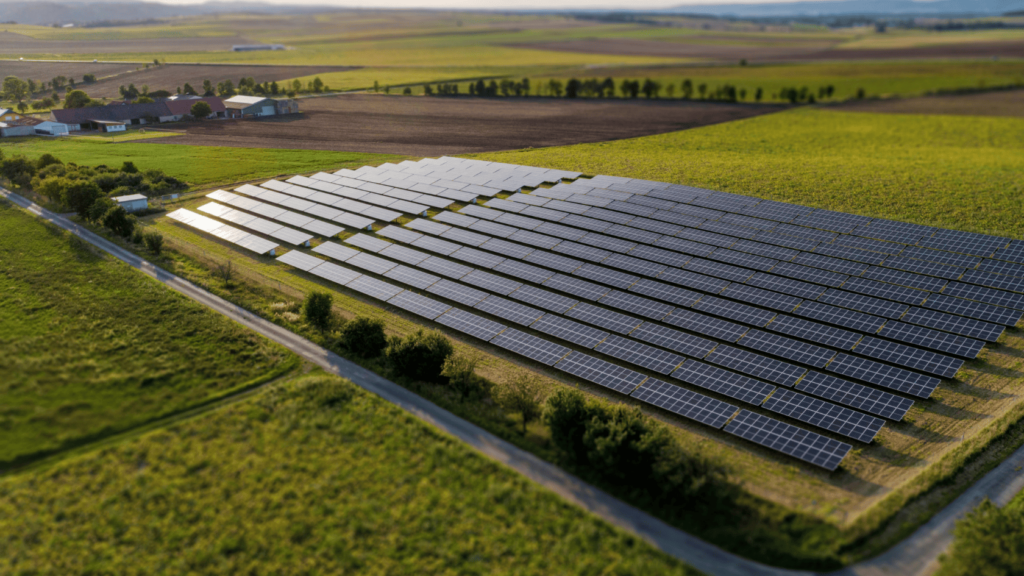

Climate Now: Oct 15, 2024
Season Finale: Live from Climate Week
Our Season One finale brings you a debate about the pace of the energy transition that was recorded live at NYC Climate Week three weeks ago. How fast is the transition progressing, really? And why might there be divergent opinions on the subject? The deba


Climate Now: Sep 10, 2024
Navigating Recent Changes to Voluntary Carbon Markets
Voluntary Carbon Markets, or VCM, are the decentralized marketplaces where carbon credits, used to offset greenhouse gas emissions are traded. Each credit offsets a metric ton of carbon dioxide emissions. The VCM has existed since the 1980s with recent updates


Climate Now: Aug 20, 2024
Partner Episode: Energy vs Climate’s “Buzzkill: Understanding the Shift in Media Perception Towards EVs”
As a Climate Now listener, we know you appreciate frank and thoughtful debate about the climate crisis. So we’d like to share an episode from a podcast that looks at how climate change is changing our energy systems. Energy vs Climate is a podcast featu


Climate Now: Aug 6, 2024
Sustainable Aviation Fuel: Episode 4
The United States’ Renewable Fuel Standard Program requires a certain volume of renewable fuel be used to replace or reduce fossil fuel use. Each gallon of renewable fuel is assigned a Renewable Identification Number or RIN, which allows renewable fue


Climate Now: Jul 23, 2024
Sustainable Aviation Fuel: Episode 3
Ethanol-to-jet is one pathway to produce sustainable aviation fuel (SAF). Until recently, this pathway was out of reach for commercial production. That changed this year when LanzaJet opened the world’s first ethanol-to-SAF plant, the Freedom Pines Fuels


Climate Now: Jul 9, 2024
Sustainable Aviation Fuel: Episode 2
Sustainable aviation fuel can use a variety of feedstocks, from used cooking oils to oily seeds. When those feedstocks are heated under high pressure with a catalyst, the process produces hydrocarbons – the essential component in fuel. This process is


Climate Now: Jul 1, 2024
Sustainable Aviation Fuel: Episode 1
Aviation accounts for 12% of CO2 emissions from transportation and 2% of all CO2 emissions globally. Sustainable aviation fuel (SAF) is fuel made not from petroleum hydrocarbons, but from other sources of carbon and hydrogen. These non-fossil hydrocarbons inc
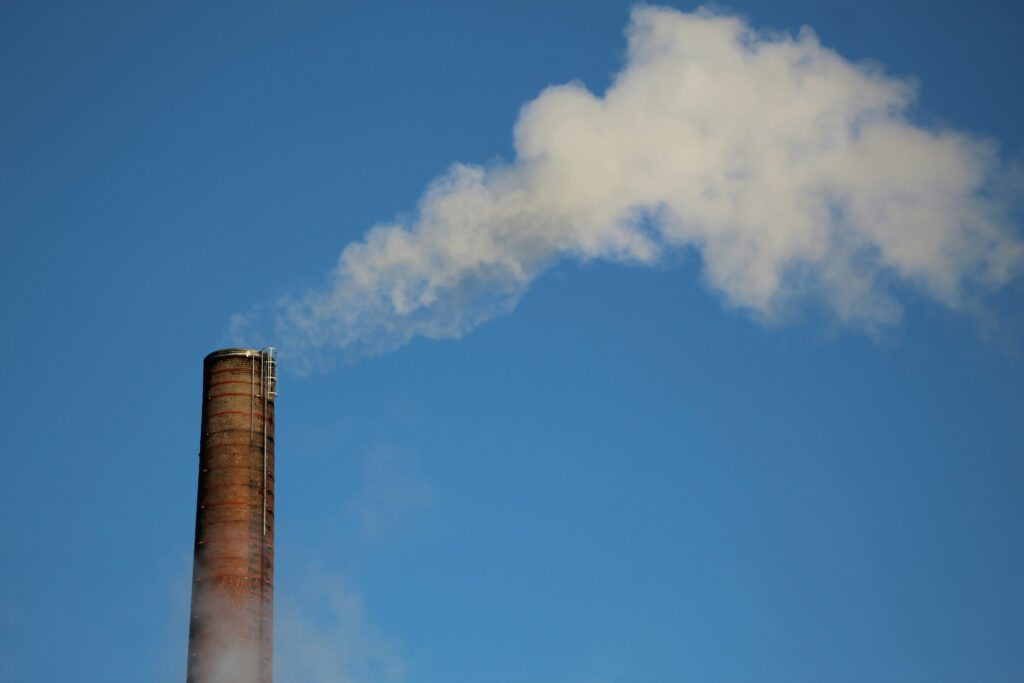

Climate Now: Jun 18, 2024
Clearing the air: How the DOE is tackling carbon dioxide removal
The US Department of Energy (DOE) was established in 1977 with two key missions: to carry out defense responsibilities relating to nuclear weapons, and to bring together under one department the “loosely knit amalgamation” of various energy projec


Climate Now: May 15, 2024
Climate Change Bites: The Proliferation of Vector-Borne Diseases
According to the CDC, the spread of vector-borne diseases (those spread by blood-feeding bugs like mosquitos, ticks, and fleas) is linked to climate change. Rising temperatures and humidity influence breeding rates and can extend the range of disease-spreading
Climate Now: Apr 30, 2024
Are cleaner hydrocarbons possible?
Just over 70% of humanity’s energy consumption comes from hydrocarbons like coal, oil, and natural gas. The world is dependent on hydrocarbons, not just for energy but also for plastics, contact lenses, and computers, and so many other things. Using hyd


Climate Now: Mar 26, 2024
How climate changes where people live
In the U.S. alone, 162 million people will experience a worse quality of life due to the changing climate within the next 30 years. Rising sea levels stand to displace 13 million Americans in the long run while wildfires and other risks are likely to disp


Climate Now: Mar 21, 2024
Charging Electric Fleets (3/3)
In 2023, electric vehicle drivers reported that, when pulling up to one of the more than 140,000 EV public charging stations across the United States, something went wrong about 21% of the time, leaving them unable to charge their vehicles. Such unreliabili


Climate Now: Feb 27, 2024
Charging Electric Fleets (2/3)
Today, given route lengths and cargo capacity, it is possible to electrify 65% of medium-duty and 49% of heavy-duty trucks. Commercial fleets’ are responding to this promise, with announced commitments to electrification surpassing 140,000 vehicles in 2022 i


Climate Now: Feb 20, 2024
Charging Electric Fleets (1/3)
In the United States, nearly one quarter of national greenhouse gas emissions come from the 280 million vehicles that drive on the nations roads each year. And while fleet vehicles – including the ~5 million buses, garbage trucks, law enforcement vehicles an


Climate Now: Feb 13, 2024
Living outside our comfort zone
In the late 1970’s, English chemist Dr. James Lovelock and American biologist Dr. Lynn Margulis published a research paper hypothesizing that living organisms – without intention or agency – could have a regulatory effect on their environment that help
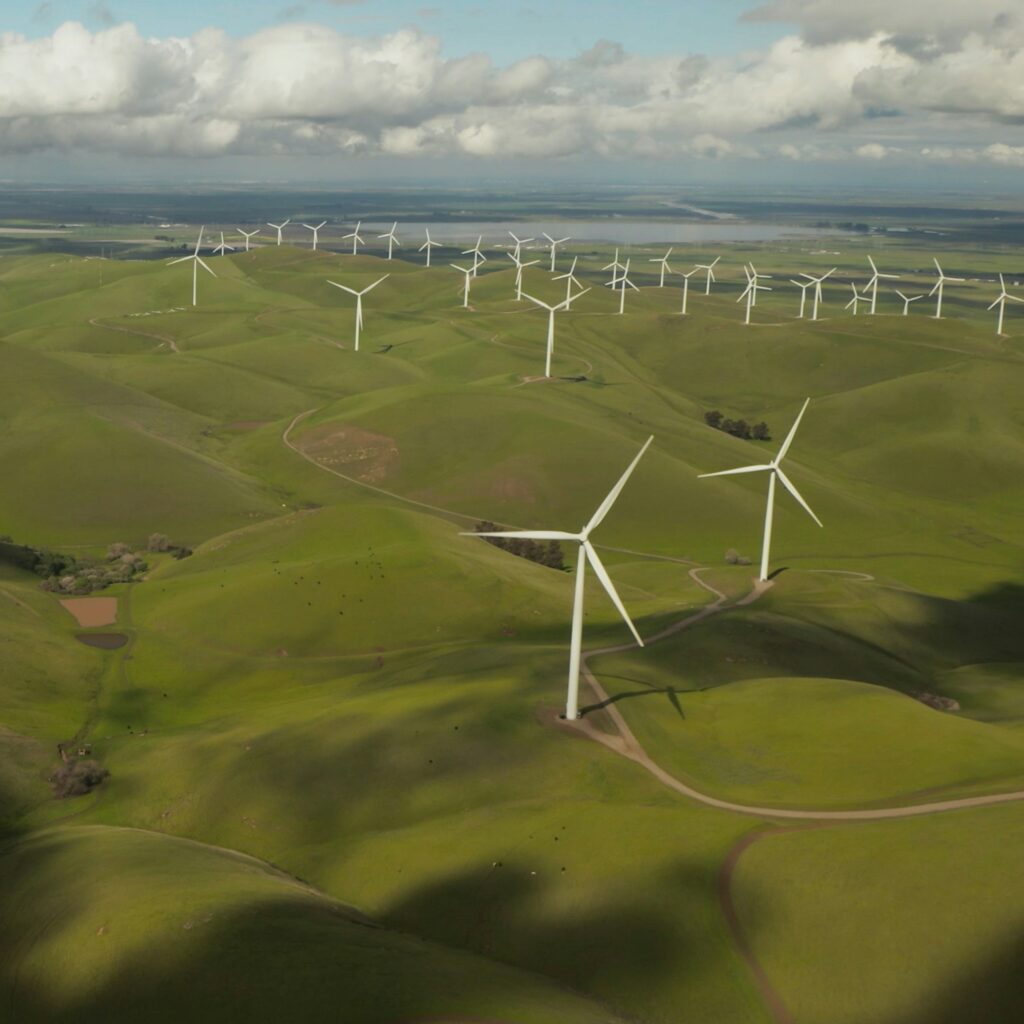

Climate Now: Jan 30, 2024
The emerging market that is unlocking renewable projects
Passage of the U.S. Inflation Reduction Act (IRA) in 2022 was a game changer in the United States’ effort to address climate change. The hundreds of billions of dollars the IRA has made available for clean energy and climate mitigation projects will likely
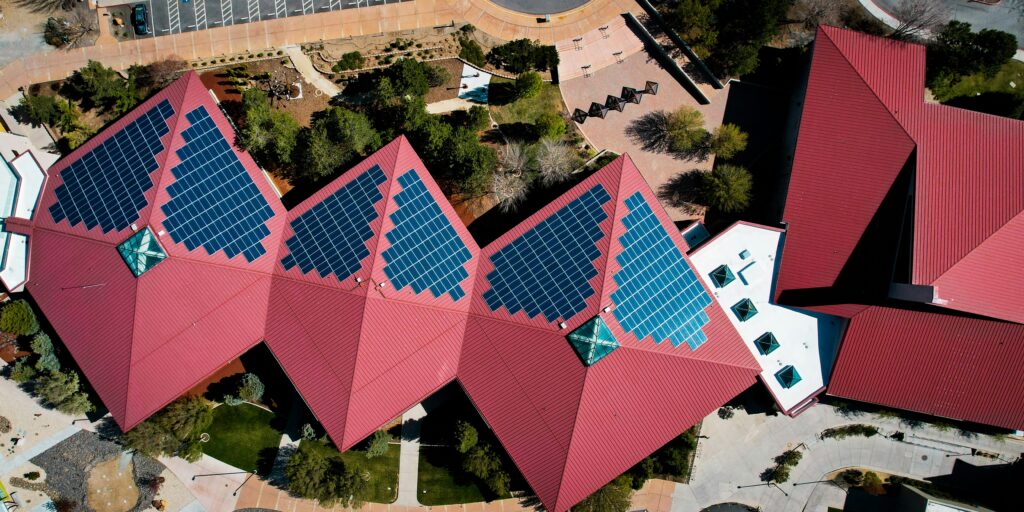

Climate Now: Jan 16, 2024
Virtual power plants and next-gen batteries
Since 2019, the cost of wind and solar electricity production has been lower than that from fossil fuels, and costs are projected to continue falling well into the next decade. But for renewable energy to truly dominate the electricity market, it needs to be c


Climate Now: Jan 1, 2024
The Voluntary Carbon Offset Market (3/3)
In January of 2023, a headline from Boston Consulting Group read: The voluntary carbon market [VCM] is thriving. Their evidence? A 4-fold increase in the value of the market in the course of a year, to a valuation over $2 billion USD and growing. Nine months l


Climate Now: Dec 25, 2023
The Voluntary Carbon Offset Market (2/3)
Join us for the second of our three-part series on voluntary carbon offset markets, where we take a look at three companies that have very different strategies for removing carbon from the atmosphere. Vesta aims to increase the amount of atmospheric carbon tha


Climate Now: Dec 19, 2023
The Voluntary Carbon Offset Market (1/3)
The voluntary carbon offset market (VCM) – in which customers can pay for third-parties to avoid emitting CO2 or remove it from the atmosphere on their behalf – has existed for over 30 years, and has been controversial for nearly as long. On the one hand,
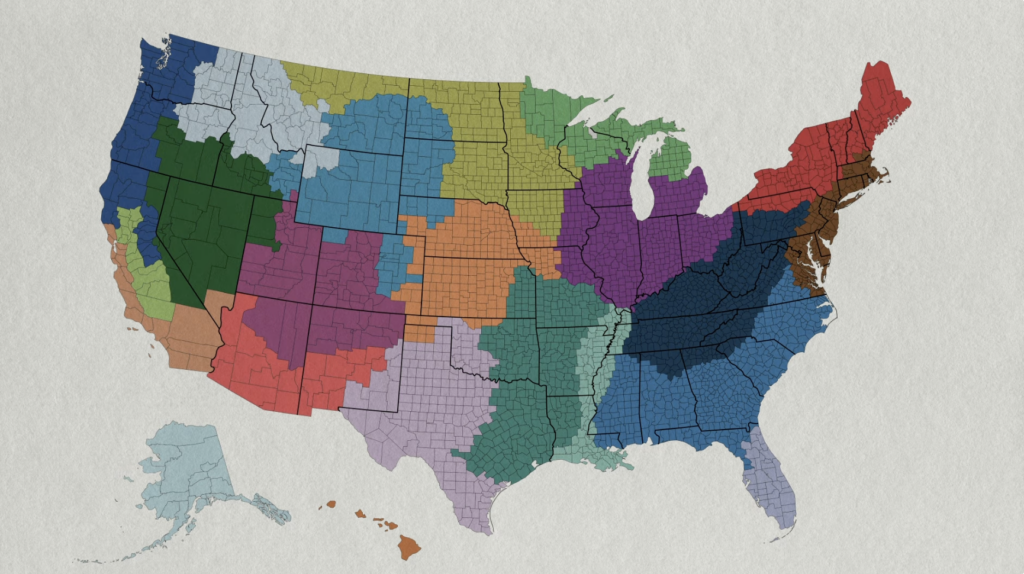

Climate Now: Dec 11, 2023
Roads to CO2 Removal
How much CO2 is it possible to remove in the United States and at what cost? Lawrence Livermore National Laboratory scientists and researchers from more than a dozen institutions have completed a first-of-its-kind national assessment of carbon dioxide removal
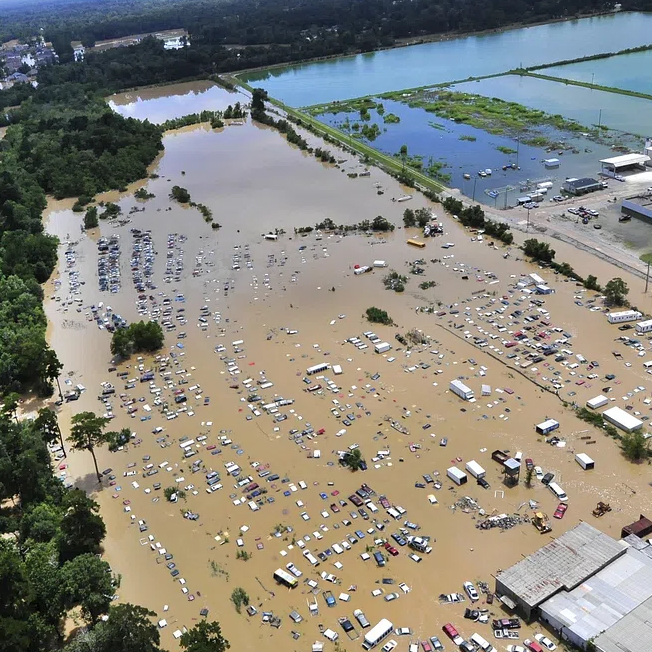

Climate Now: Nov 28, 2023
When insurers can no longer afford the risk
In 2023, two major insurers joined a growing list of companies that will no longer offer new home insurance policies in California. In Florida, the situation is worse, with more than a dozen large home insurance companies retreating from the state. Both states


Climate Now: Nov 7, 2023
Climate Now Debates: Solar Radiation Management (SRM)
“Geoengineering” refers to the intentional intervention in Earth processes for the purpose of mitigating climate change. A controversial topic, geoengineering is typically divided into two categories: carbon dioxide removal and solar radiation management.
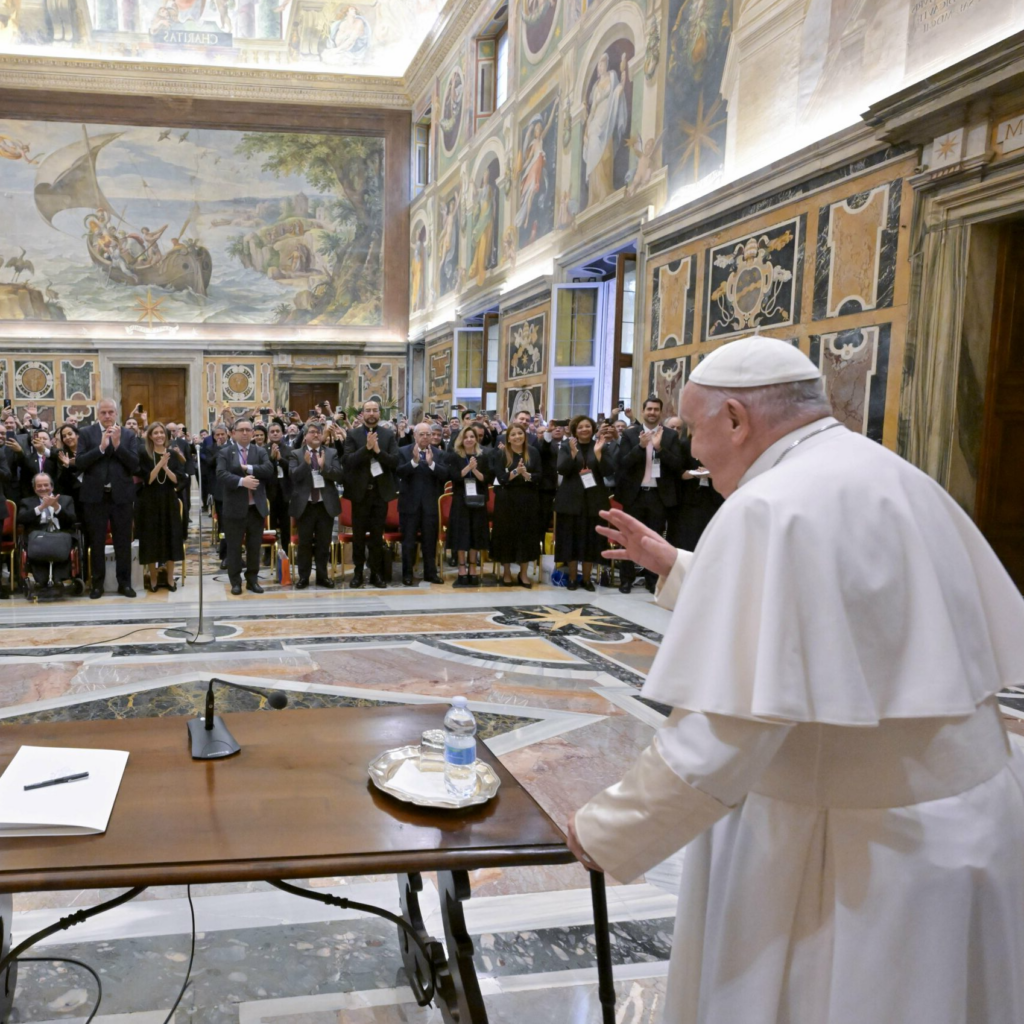

Climate Now: Oct 24, 2023
Pope Francis’ Laudate Deum: uniting faith and science in a call to climate action
In 2015, Pope Francis – head of the Catholic Church – published Laudato Si: On Care For Our Common Home, a “papal cyclical,” or open letter, to the world’s more than 1.3 billion Catholics about the ethical imperative of addressing climate change, a